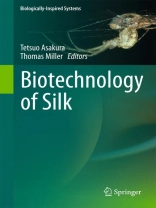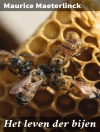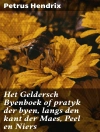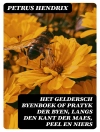This book is a snapshot of the current state of the art of research and development on the properties and characteristics of silk and their use in medicine and industry. The field encompasses backyard silk production from ancient time to industrial methods in the modern era and includes an example of efforts to maintain silk production on Madagascar. Once revered as worth its weight in gold, silk has captured the imagination from its mythical origins onwards. The latest methods in molecular biology have opened new descriptions of the underlying properties of silk. Advances in technological innovation have created silk production by microbes as the latest breakthrough in the saga of silk research and development. The application of silk to biomaterials is now very active on the basis of excellent properties of silks including recombinant silks for biomaterials and the accumulated structural information.
Inhoudsopgave
1. Wild silk production to support farmers excluded from protected areas of Madagascar.- 2. Evolutionary divergence of Lepidopteran and trichopteran fibroins.- 3. The Structure, Silk I and Lamella of (Ala-Gly)15 as the model of Bombyx mori silk fibroin studied with solid state NMR.- 4. Silk fibroin biomaterials for vascular regeneration.- 5. Evolution and application of coiled coil silks from insects. – 6. Characterization of underwater silk proteins from caddisfly larva, Steophysche marmorata.- 7. Atomic force microscopy and spectroscopy of silk from spider draglines, capture-web spirals, and silkworms.- 8. Modular spider silk fibers: Defining new modules and optimizing fiber properties.- 9. How to pass the gap – Functional morphology and biomechanics of spider bridging threads.- 10. The power of recombinant spider silk proteins.- 11. Prey capture adhesives produced by orb-weaving spiders.- 12. Silk and web synergy: The merging of material and structural performance.












